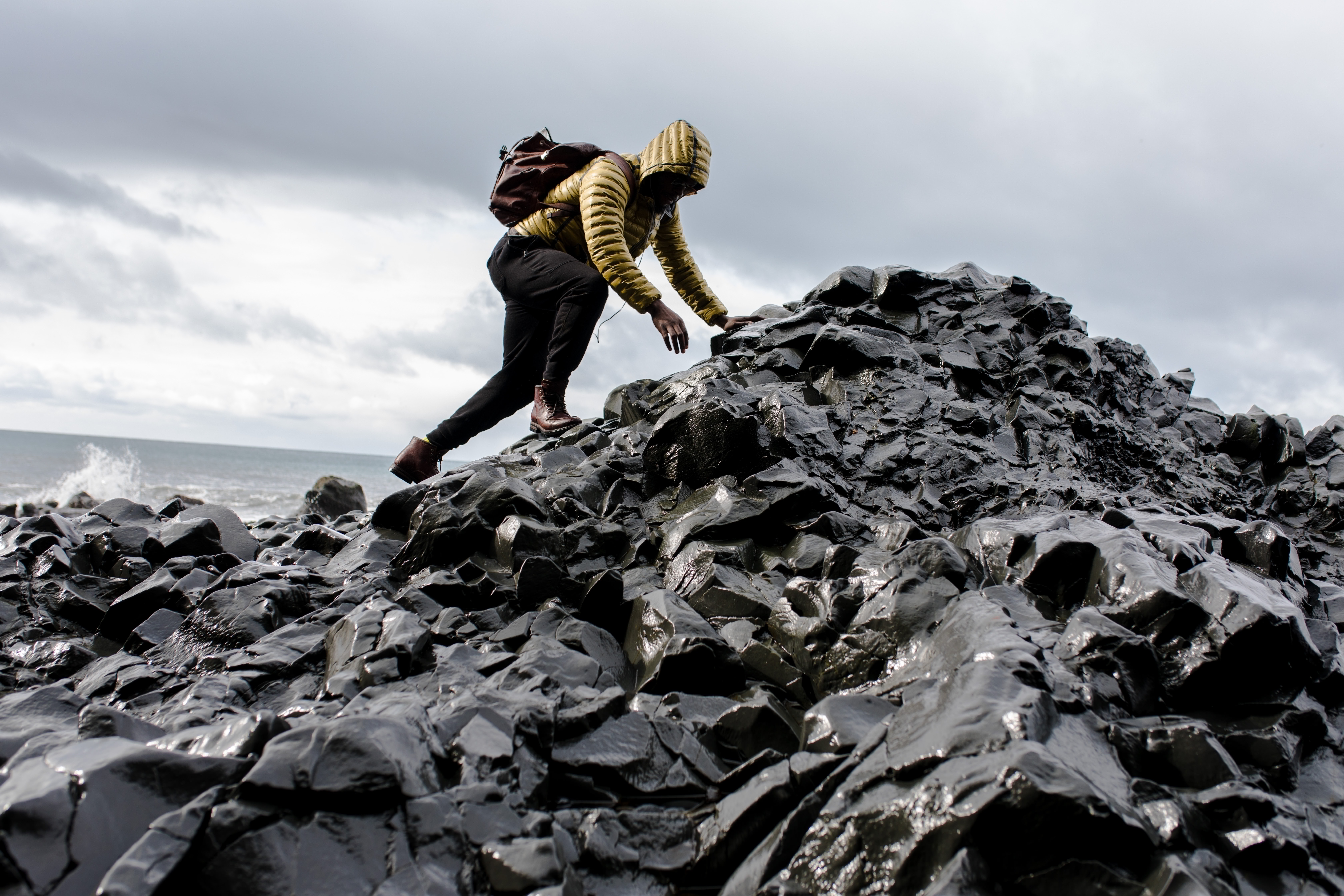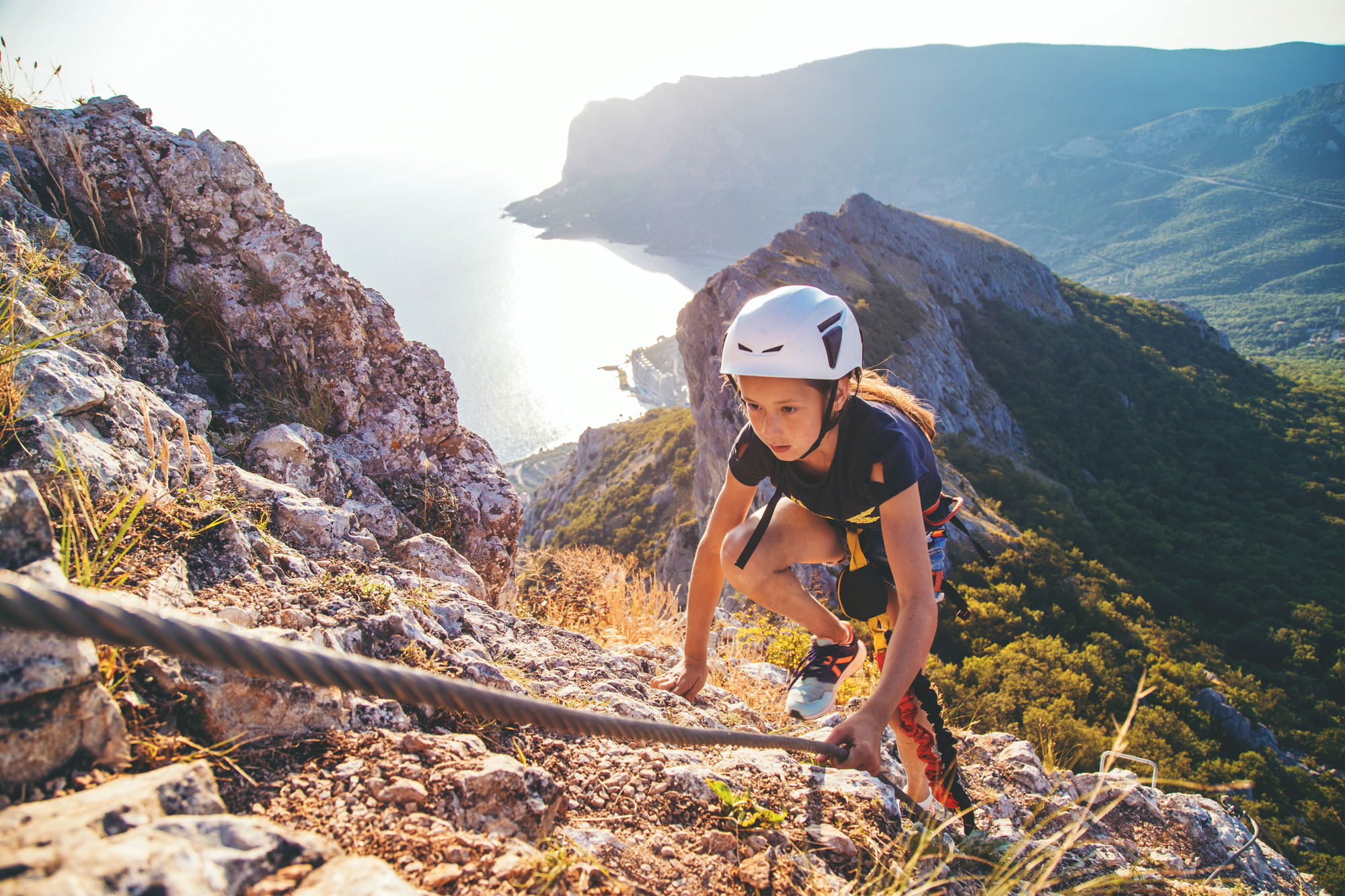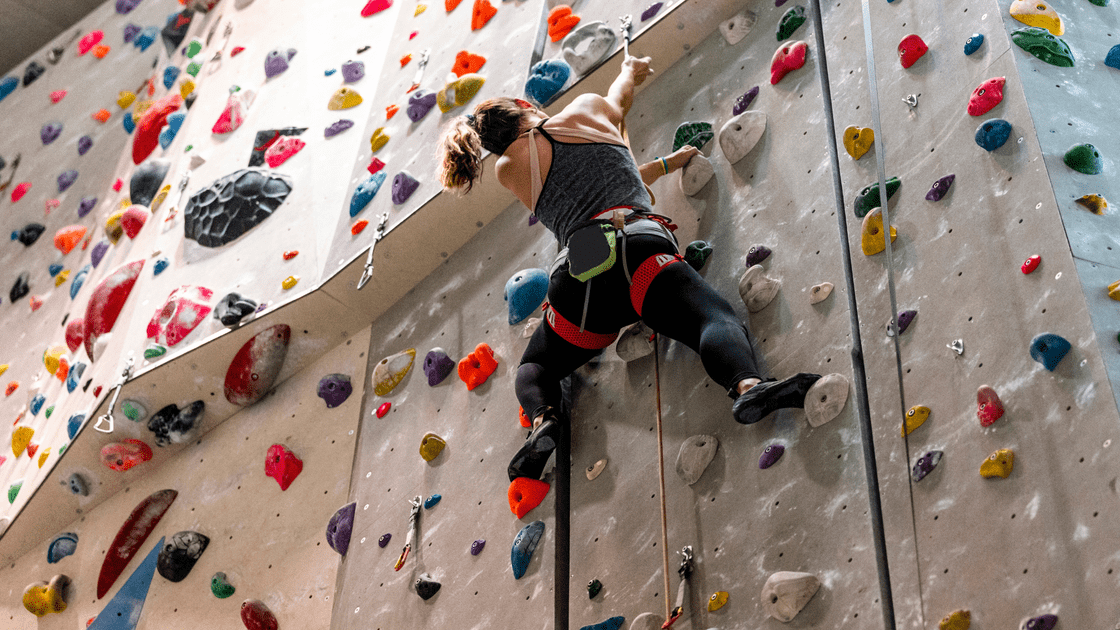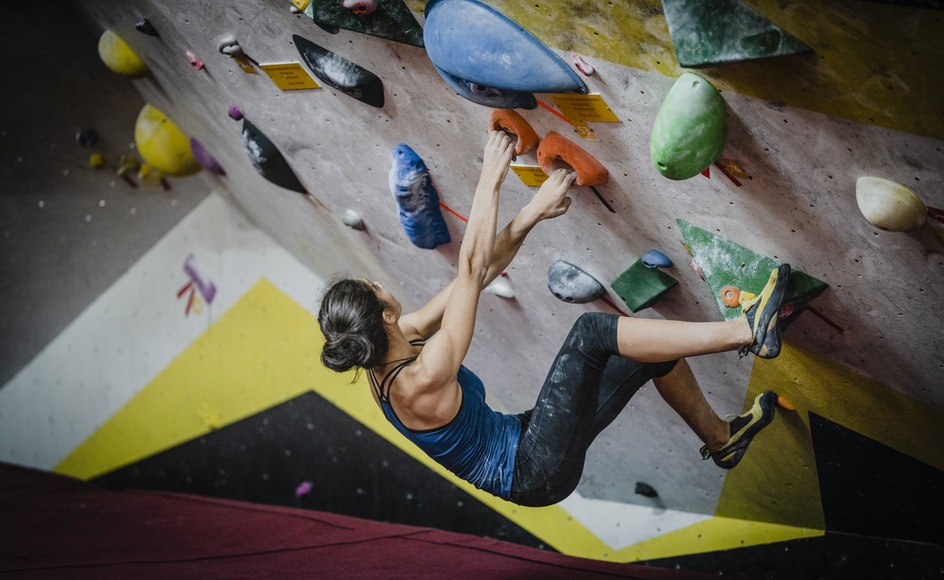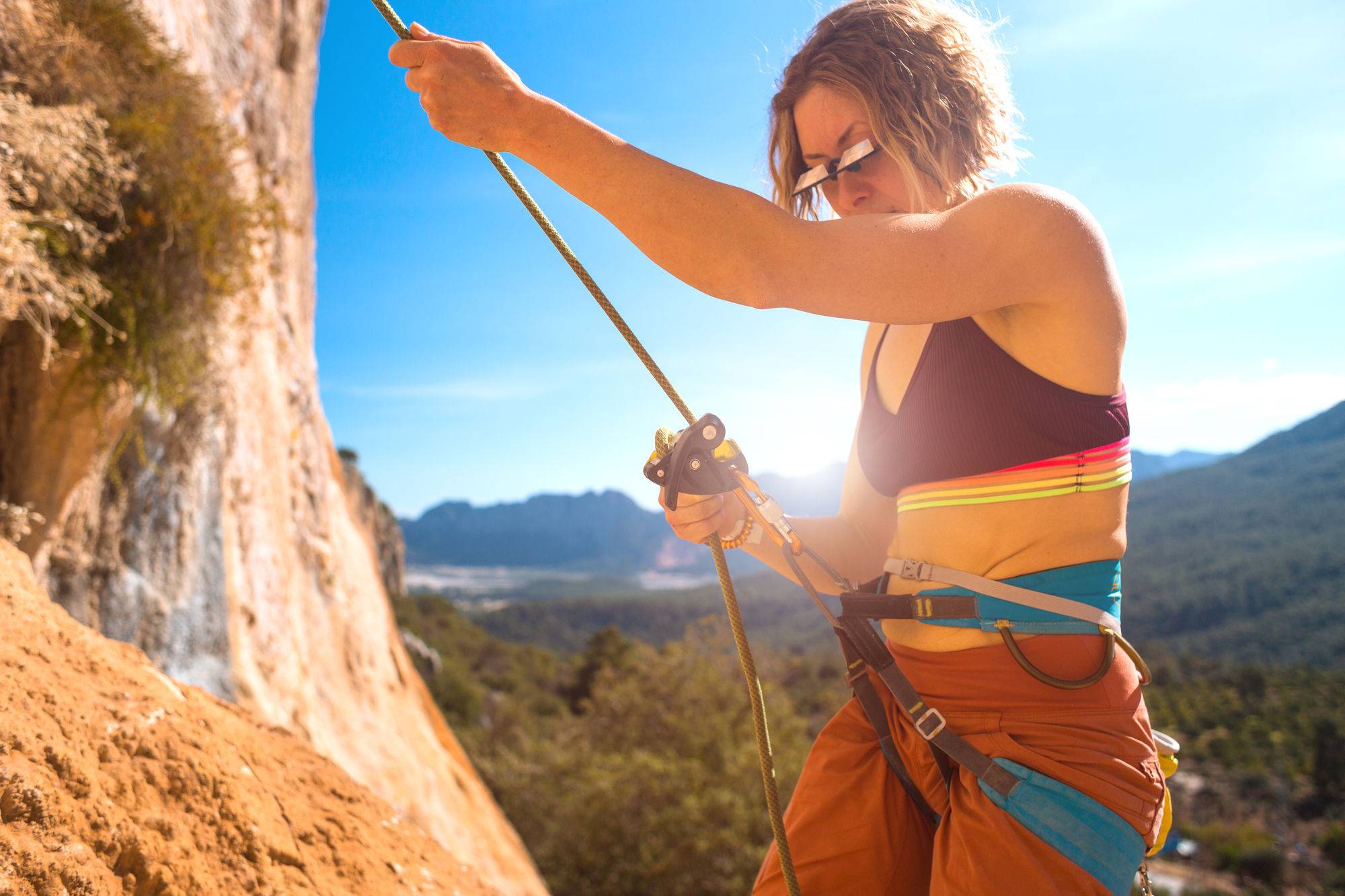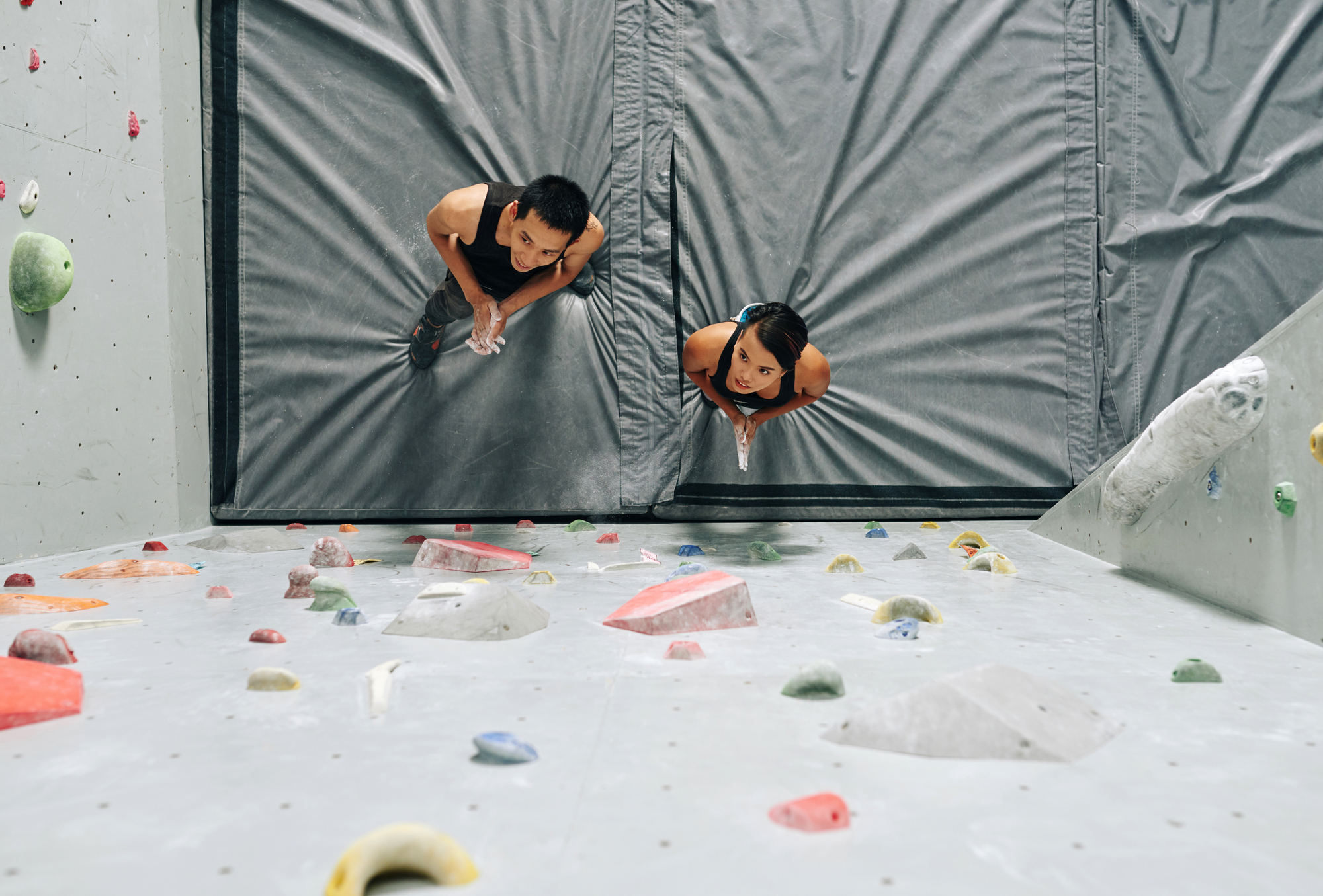As far as extreme outdoor sports go, rock climbing is one of the top contenders. It requires a good deal of strength, endurance, coordination, balance, and a good technical understanding of technique.
Climbers who do not take the time to improve their physical fitness and skills are at risk of physical injuries, including a condition called flash pump.
This injury is common in climbers, particularly those who do not take the proper precautions before starting a climb.
What is a flash pump and how do you treat it? More importantly, how do you avoid it?
Let’s find out!
What is Flash Pump?

A pump refers to a climbing injury that is sustained when there is a rapid buildup of lactic acid in the muscles during strenuous physical activities.
While climbing, the blood and lactic acid rush to the muscles is too forceful, causing the capillaries to seize up.
On the other hand, a flash pump is a deeper and more serious type of pump.
The term “flash” refers to the sudden onset of the condition since a normal pump tends to build up slowly.
When climbers experience flash pumps, they suddenly feel like their muscles are too tired and are no longer responsive.
The deep and lasting ache will make you feel like you won’t be able to lift your arms properly, much less continue climbing.
Symptoms of Flash Pump
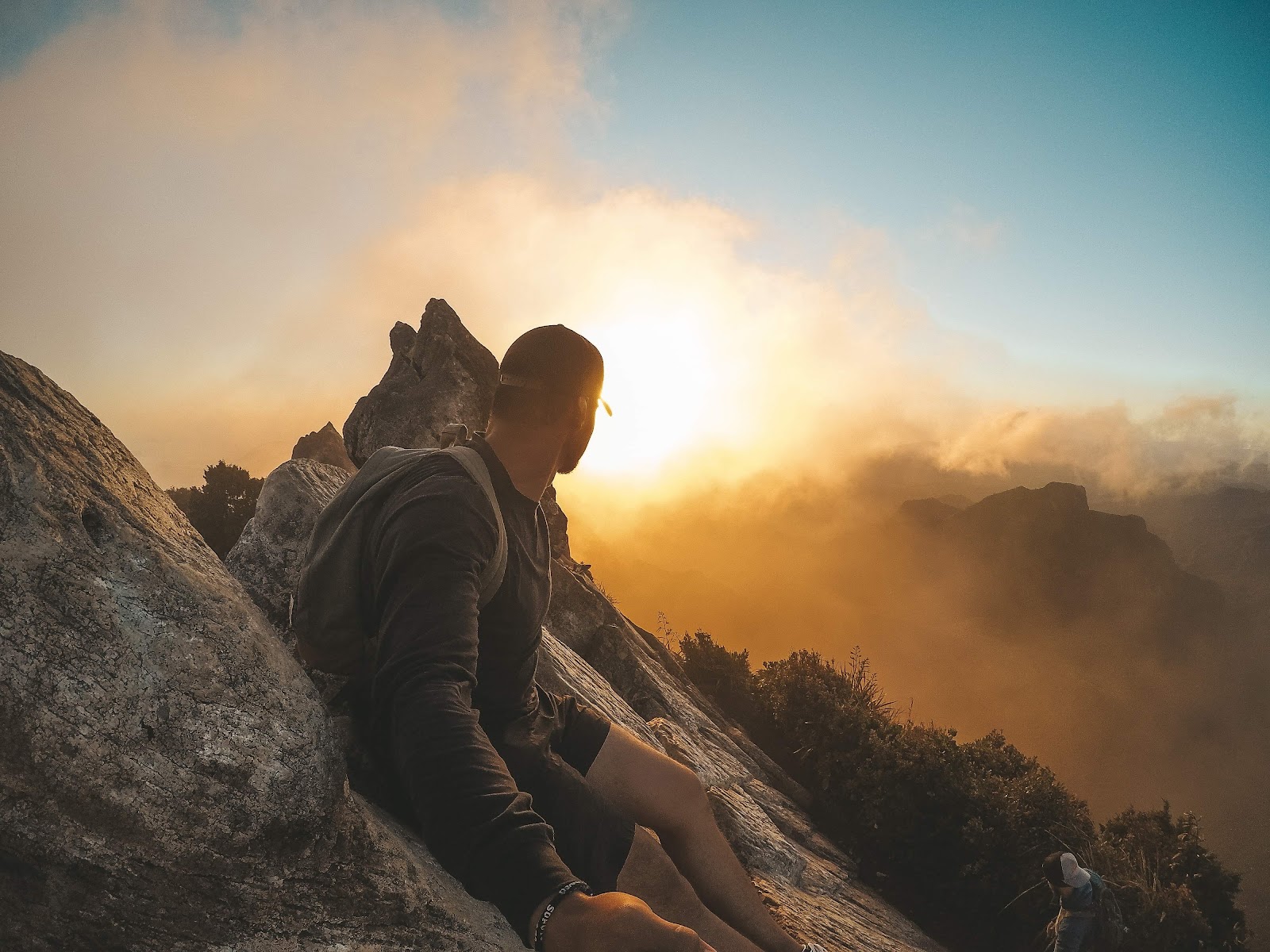
While climbers can experience flash pump to different degrees depending on their fitness level, here are some common symptoms to watch out for:
- Burning or tingling sensation along your forearms and fingers
- Tight muscles on your upper arms
- Elbow soreness
- Sudden cramping of the forearms
While a flash pump won’t cause lasting damage by itself, you can get serious injuries if you try and force your body to continue climbing.
If your grip starts failing, you should stop and assess the intensity of your pump.
While professional climbers tend to power through a mild pump, beginners should stop before they experience a flash pump.
How to Treat Flash Pump
Once you start experiencing flash pumps, you need to immediately stop and allow your muscles to recover.
It can be a frightening experience for beginners who have never felt this type of injury before.
The first thing you need to do is find a safe place to stop and relax. Breathe deeply to slow your heart rate and decrease the tension in your arms.
Shake your arms gently to restore normal blood flow until the muscles return to a relaxed state.
After you start feeling your muscles begin to loosen up, let them hang at your sides. Knead or massage your arm muscles to remove lactic acid faster.
If you are in the middle of a climb, shift your body weight from your upper body to your lower body.
Move quickly and carefully, avoiding any extra weight on your arms, until you reach solid ground.
It is better to be safe than sorry. If you feel any flash pump symptoms, you should call it a day and end your climbing session.
The G-Tox Method
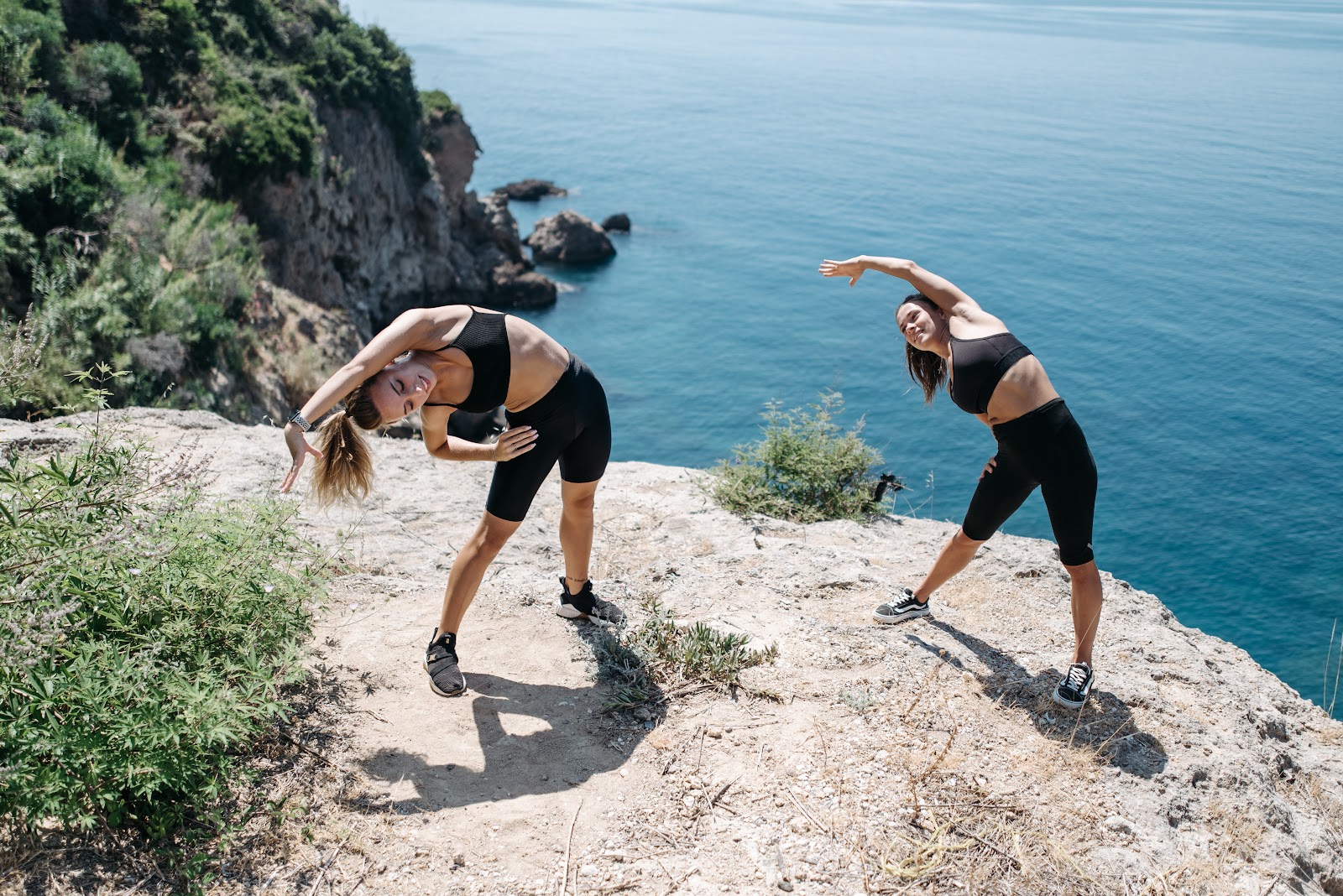
Veteran rock climber Eric Horst recommends the “G-Tox method”. The G-Tox method is a way of shaking your arms adapted for climbers.
With one arm in the normal resting position (dangling below your waist), raise the other arm above your arm.
Shake both arms gently at their respective positions. Alternate the arm position twice until the stiffness lessens.
The G-Tox method uses gravity to further help increase blood flow and loosen muscles.
Active Recovery vs. Passive Recovery
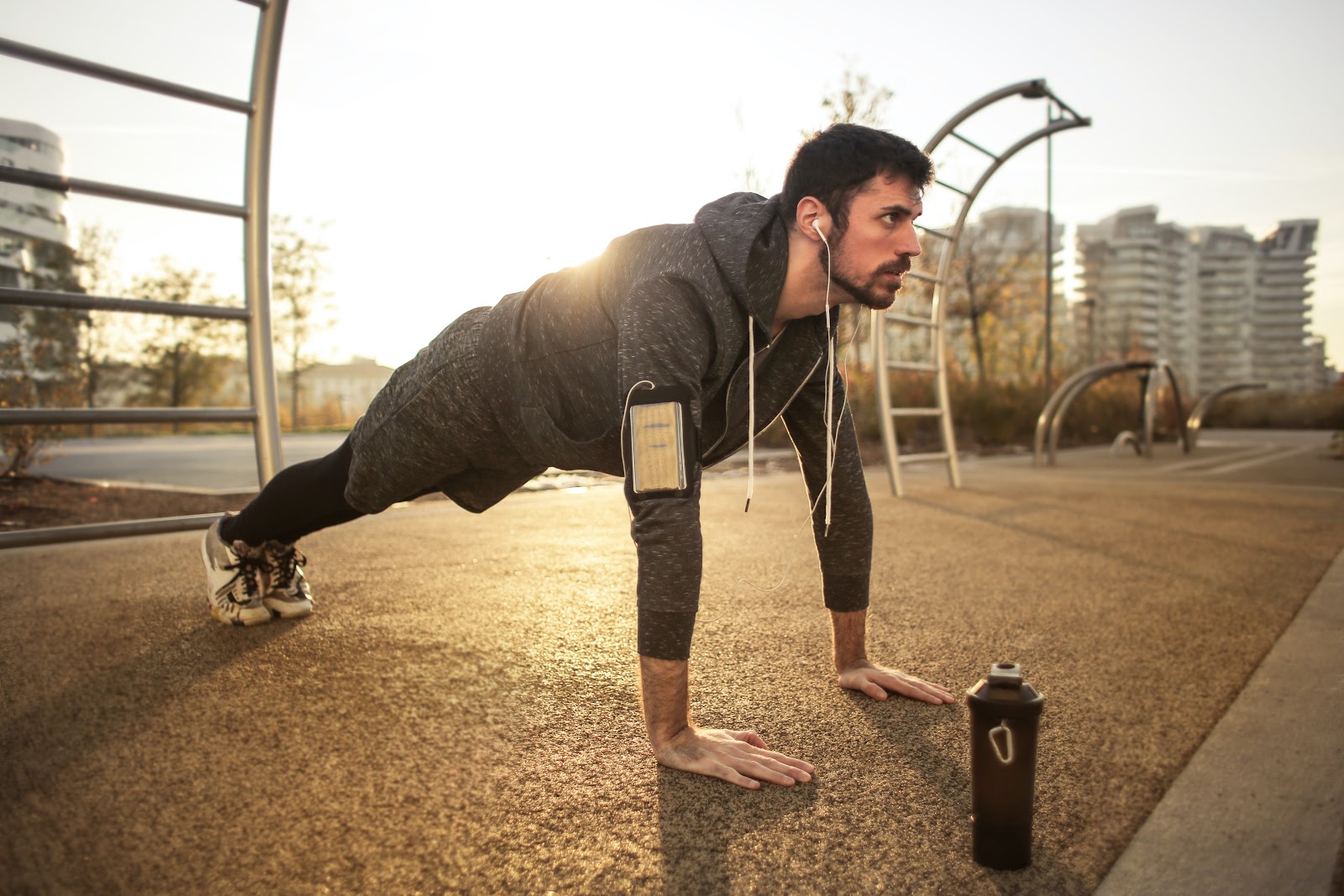
Interestingly enough, there are studies[1] that favor active recovery over passive recovery as a way to treat flash pumps, particularly to reduce lactic acid buildup and eliminate fatigue.
According to these studies, light physical activity such as jogging or push-ups helps by reducing lactic acid slowly while maintaining blood flow.
Active recovery prevents muscle stiffness and soreness after rock climbing. Instead of suddenly becoming static, a short active recovery phase allows your muscles to relax gently.
Think of it as pumping your brakes while driving at high speeds: suddenly slamming down the brakes causes your car to jerk forward because of the lingering force.
If you slowly pump your brakes, the car will come to a much more comfortable stop.
Climbing professionals recommend both active recovery and passive recovery after a strenuous climb.
After your active recovery phase, you should take a passive recovery phase to regain your energy and allow your muscles to heal.
How to Avoid Flash Pump
When it comes to avoiding flash pumps, the saying, “An ounce of prevention is better than a pound of cure” rings true!
It’s much better to prepare yourself physically and mentally before your climb to prevent flash pumps rather than trying to deal with the situation when it occurs.
Fuel Up

Before climbing, eat food that is both high in potassium and easy to digest. You will need to replace the potassium that you lose through sweat.
Potassium is an important nutrient in the ATP cycle as it helps convert carbohydrates into energy. Potassium also helps prevent cramping.
Bananas are a great source of energy and potassium. This is why you might have noticed athletes eating a banana right before engaging in sports!
Magnesium is another important nutrient you need to load up on before a climb. Magnesium helps reduce lactate in your muscles.
Sunflower seeds and cashews are great sources of magnesium.
If you don’t want to take individual food items on a climb, protein bars are a great alternative.
Most protein bars are formulated to provide the necessary carbohydrates and nutrients for physical activities.
Warm-Up Exercises
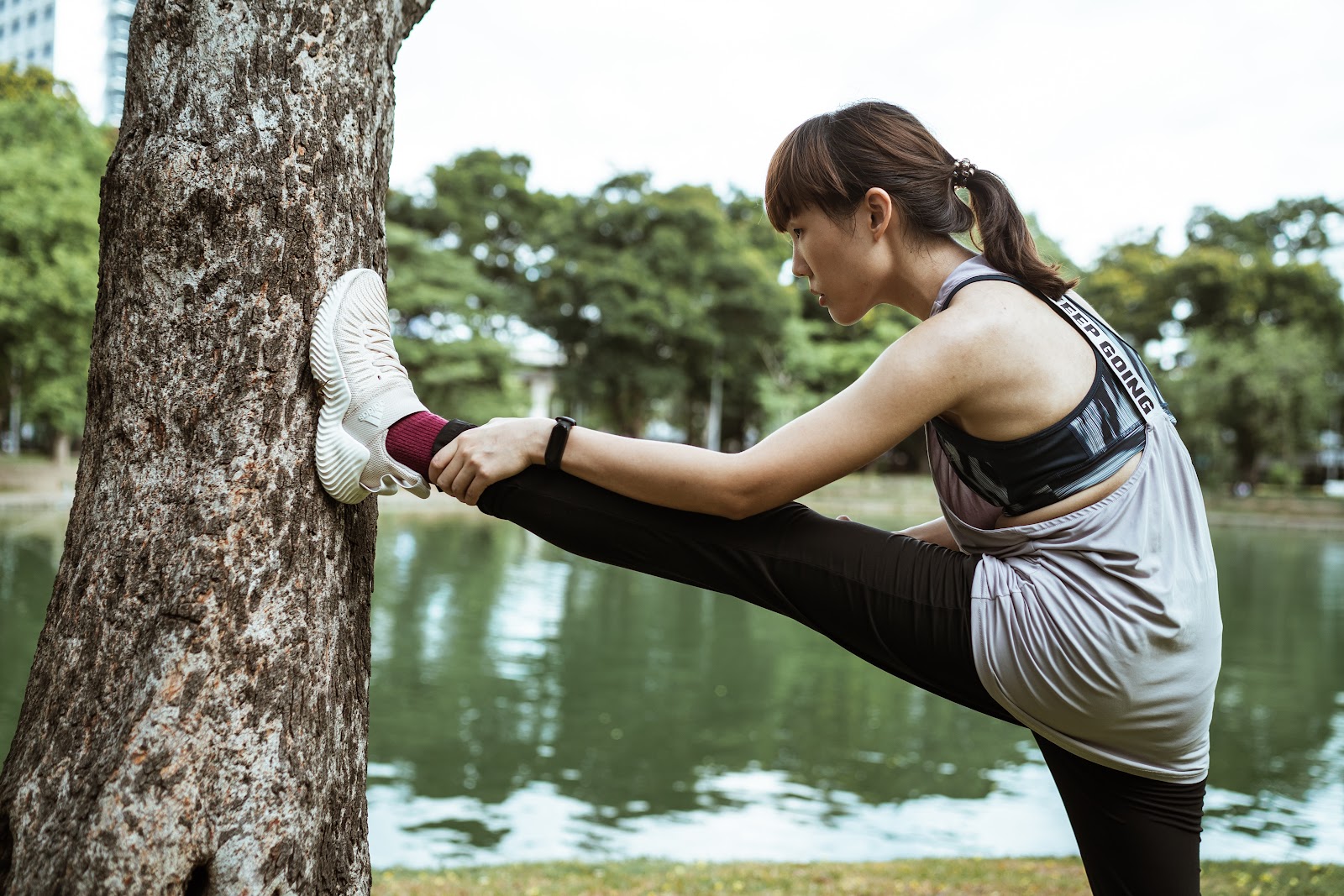
The best way to avoid a flash pump is by warming up your muscles before climbing.
Warm-up exercises allow your muscles to loosen up and get the blood flowing.
A good warm-up exercise should consist of at least five minutes of structured movements such as forearm stretches and windmill motions.
Rotating your shoulders and forearms will prevent them from locking up while climbing
You can also use easier climbs with large handholds as a warm-up before tackling more difficult climbs.
Hydrate
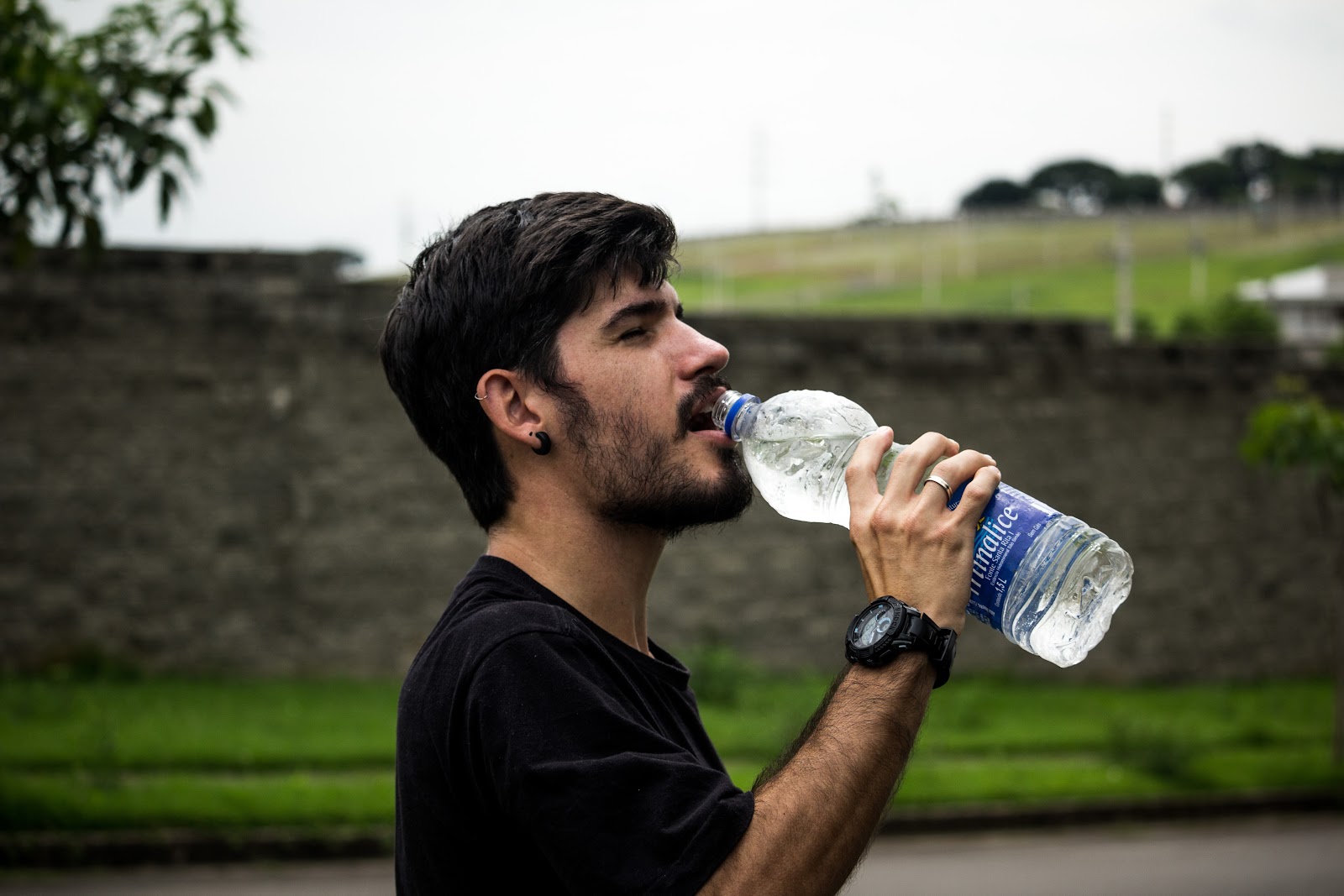
Proper hydration is critical during a climb. Not only do you lose potassium, magnesium, and sodium through your sweat, but being dehydrated also causes faster lactic acid buildup.
Make sure to drink water before climbing since it can be hard to find time during the climb. You can use a hydration backpack if you need to drink while climbing.
The tube makes it easier to take a drink even if your hands are occupied.
If you’re going outdoor climbing, sports drinks might be a better option than water.
The high level of intensity may require higher amounts of electrolytes than can be found in plain water.
Plan Your Climbs
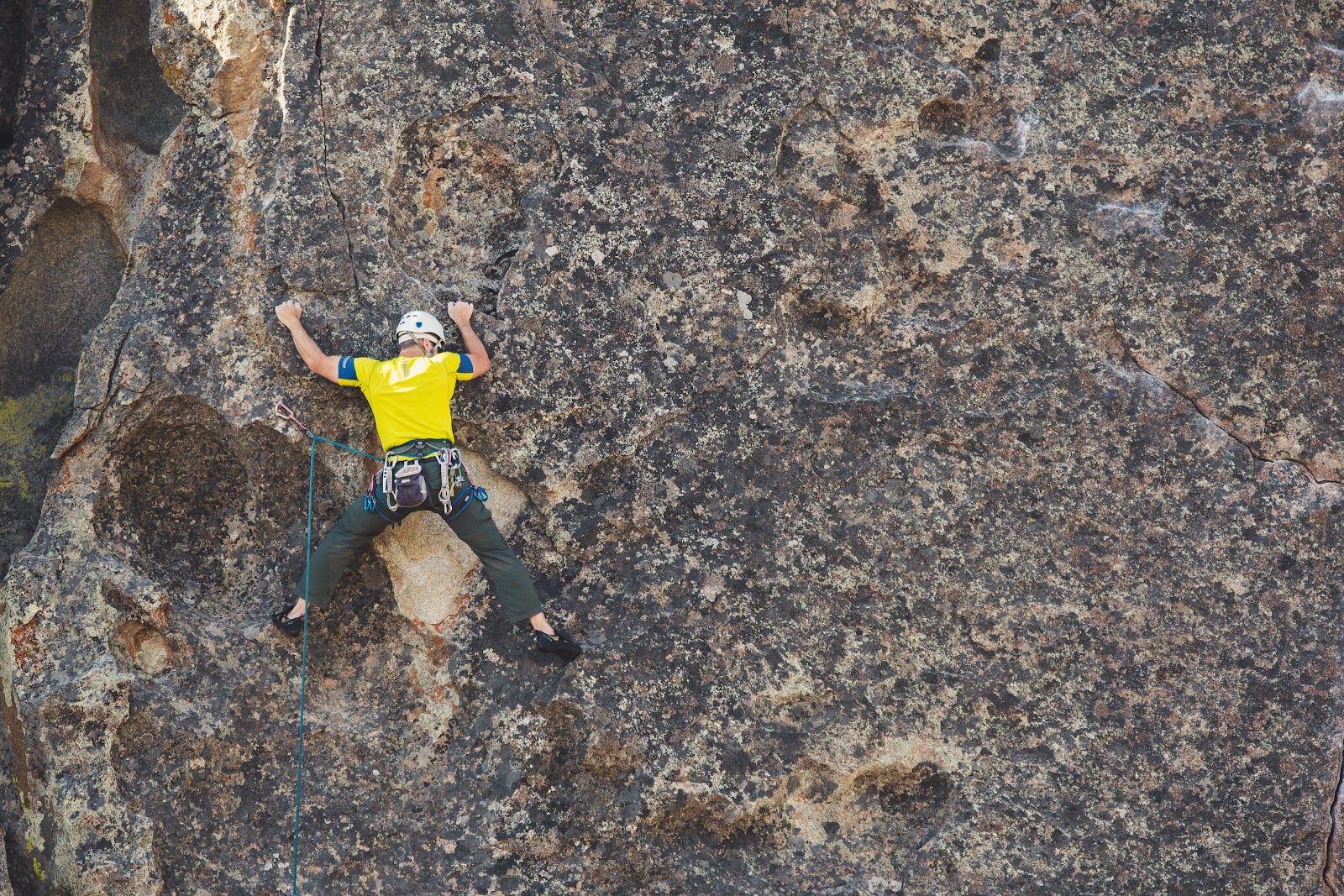
Make sure to map out your route before you start climbing. Mark your resting spots so that you won’t need to look for them while on your route.
A good resting spot doesn’t necessarily mean a good hand rest. You can also use spots that allow heel-toe locks, toe hooks, and kneebars.
The important thing is to allow your hands and fingers some time to recuperate.
Looking for a good resting spot isn’t always possible during rock climbing.
It will take time and practice before you can instinctively recognize resting spots while on a climb.
ARC Training
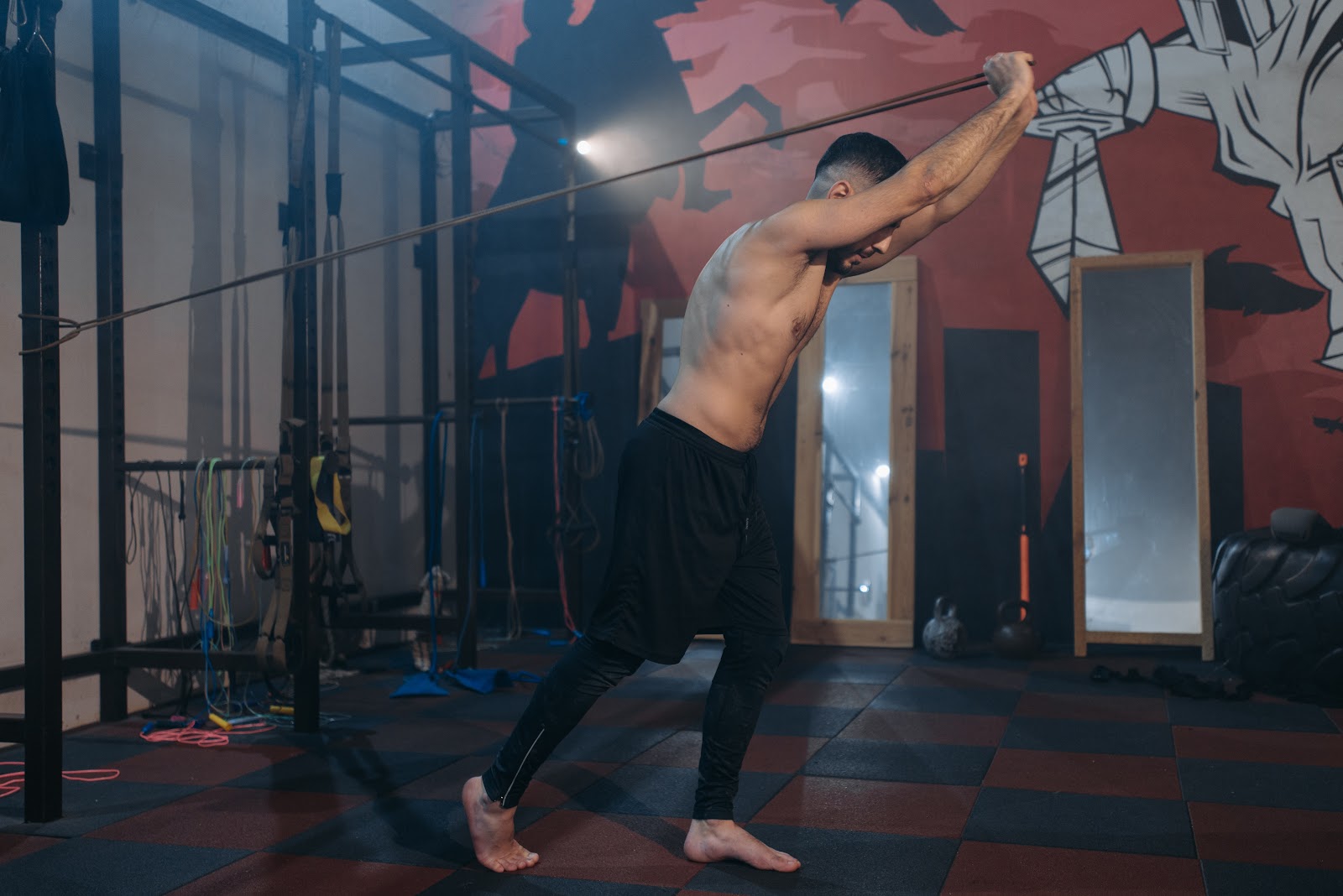
Aerobic Restoration and Capillarity (or ARC, for short) is a training method that develops aerobic endurance in the forearms.
This training focuses on vascular development and aims to increase your anaerobic threshold, which is the point where you begin to feel a flash pump.
ARC training is typically done in a gym, where climbers can use a scatter board to train their capillaries under controlled conditions.
Climbers can use ARC training for general conditioning as well as to refine their climbing technique.
During ARC training, it is normal to feel a mild pump in your forearms throughout the entire session.
The goal is to strengthen your capillaries to the point where you can complete a climb without the pump escalating to a flash pump.
ARC training should be done with the help of a professional climber to avoid injuries.
By combining strengthening exercises with ARC training, you will find that flash pumps will not occur even during difficult climbs.
Read more about ARC Training here.
Conclusion
Experiencing a flash pump in the middle of a climb can be a frightening experience, especially for first-timers.
The key to getting through it is to breathe slowly, relax your muscles, and get the weight off your arms as quickly as possible.
It is critical to warm up before any climb, no matter the level of difficulty.It is also essential to strengthen your arms and increase your endurance in between climbs.
You should also strengthen your core and legs to decrease your reliance on your arms while climbing.
With enough training and practice, flash pumps should be rare occurrences.
Even then, you’ll know what to do if they happen.
Have fun with your next climb!

